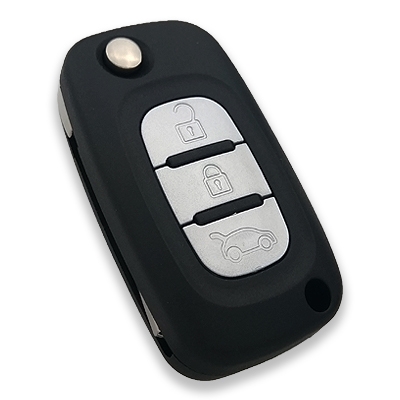

The core group of Lindsey Buckingham, Stevie Nicks, Christine McVie, John McVie and Mick Fleetwood wouldn't reunite and play together until 1997.ĭespite the rocky genesis, "Tango in the Night" became one of the band's biggest-selling studio records: The record is certified triple platinum, trailing only '70s juggernaut "Rumours" in terms of sales, and spawned multiple Top 20 Billboard singles, including the Top 5 hits "Big Love" and "Little Lies."įor a certain segment of Fleetwood Mac fans, this album is as important as "Rumours." In fact, the LP is a sonic touchstone for modern production, particularly in the way pop-leaning acts seamlessly combine electro and rock influences. Prior to the launch of Fleetwood Mac's tour in support of the record, Buckingham left the band. Sara," in fact, is about this rehab visit). Nicks was absent for most of the proceedings, owing to a packed tour schedule for her 1985 solo record "Rock a Little" and then a trip to Betty Ford to get sober from cocaine (the "Tango in the Night" song "Welcome to the Room. Layers of gauzy harmonies envelop Christine McVie compositions "Little Lies" and "Everywhere " glittering keyboards add melancholy to the Stevie Nicks-helmed "Seven Wonders " and jagged, lightning-bolt guitar riffs cut through "Isn't It Midnight" and the title track.ĭespite its effortless sound, the record took 18 months to make.

On March 31, Rhino Records released a deluxe edition of Fleetwood Mac's "Tango in the Night." First released in 1987, the LP embodies the era's glossy combinations of flashy rock 'n' roll and airy synth-pop.


 0 kommentar(er)
0 kommentar(er)
